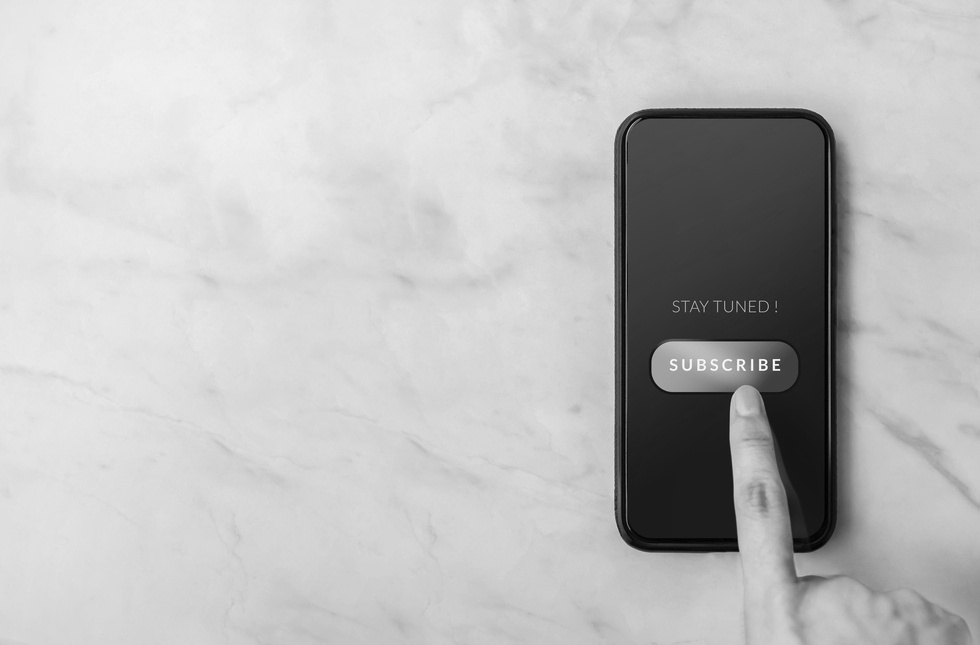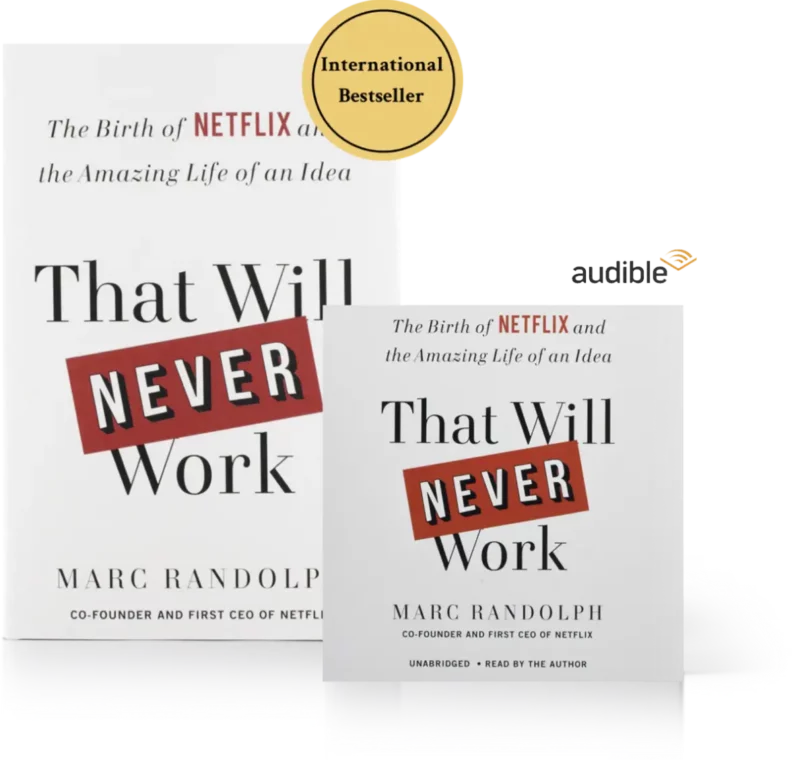Subscriptions Eat the World
It’s amazing it took as long as it did for subscriptions to eat the world.

There was a period in the early 2000s where almost every new-business idea I heard was a Netflix derivative.
I heard hundreds of them: the Netflix of textbooks, the Netflix of designer clothing, the Netflix of financial services, the Netflix of gaming, the Netflix of anime, The Netflix of coffee, the Netflix of fitness. And my all-time favorite: The Netflix of neckties.
What they meant by pitching “the Netflix of …”, was that they were going to take a previously a-al-carte business and turn it into some form of subscription – where rather than paying for each individual item consumed, customers would pay a recurring fee for a pre-determined amount. Sometimes, in the most extreme cases (like Netflix itself), it would be all you can eat.
Now of course, subscriptions are ubiquitous, with pretty much every product you can think of available by subscription. Even software has completely transformed from something sold in a box on a shelf (as it was when I entered the business in the 80’s) to a product universally offered by subscription as SAAS. Considering the size and scale of that disruption, I might argue that Netflix’s single biggest contribution to Silicon Valley wasn’t changing the way people consume entertainment (as dramatic as that was) but may have been demonstrating how powerful an economic model subscriptions could be – and that they could be applied to products and services well beyond magazines and book-of-the-month clubs.
It’s a pretty compelling model. To start, rather than fighting for each incremental order from an endless series of new customers, you start from the proposition that each customer you obtain will be with you for years, with a lifetime value many times larger than the revenue you may have received from a single order or two. Then, armed with the confidence that your customers will generate revenue into the future, the amount you can spend to acquire that customer can be orders of magnitude larger. Best of all, subscription businesses were predictable. Once you had acquired a sizable subscription base, you could predict with fairly high certainty how many would stay with you from month to month, making it possible to forecast the future.
Just looking at this list, it’s amazing it took as long as it did for subscriptions to eat the world. But I’ve always been a fan. Two of the companies that I started before Netflix were magazines (one of the most popular subscription models) and in the months leading up to Reed Hastings and I deciding to pursue video-rental by mail I pitched Reed multiple subscription model businesses including subscription shampoo and subscription dogfood.
But surprisingly, there are still businesses who have not embraced it. Which is why I’m so excited to share the latest episode of the That Will Never Work podcast (episode ten!) which delves pretty deeply into the world of subscriptions (or as they are now somewhat pedantically called, ‘recurring revenue models’).
It’s a great conversation, because despite their general simplicity, there are still hundreds of variables to explore: the pros and cons of monthly vs quarterly vs annual payments, how to use a freemium model effectively, what the key metrics should be to measure progress and profitability, how to effectively price a service, etc.
As I brainstorm with Joseph, a world-famous hypnotist, about ways that he might apply a subscription model to his business, we get a chance to dip into many of the ways that subscriptions might potentially supercharge his — or anyone’s — business.
It’s a fun session and one that I think anyone who’s trying to turn their dream into a reality would benefit from listening to.
So have a listen, but don’t let it stop there. I’ve recently added a comments section to the podcast pages on my website, and I would love for you to join the conversation: I’ll be participating in the comments myself for the next two weeks, so let me know your thoughts on Joseph’s issues, on his current approach, and on my advice for his next steps. I’m eager to hear what you think Joseph should do.
Or if a 30-minute podcast isn’t your thing, you can get my advice in smaller audio doses on Clubhouse. I’m now doing weekly mentoring sessions every Tuesday at 5:00 PM pacific time, in the That Will Never Work club.
Regardless of how you choose to listen, If you do like what you hear don’t forget to follow me so you can get every episode automatically as soon as it’s released. But wait . . . that sounds like a subscription doesn’t it. I like it already.
RECOMMENDED FOR YOU
Want to Make Things Easy for Your Team?
Podcast Episode 72
Is it a Culture Problem or a Hiring Problem?
October 25, 2022 • 38 min
